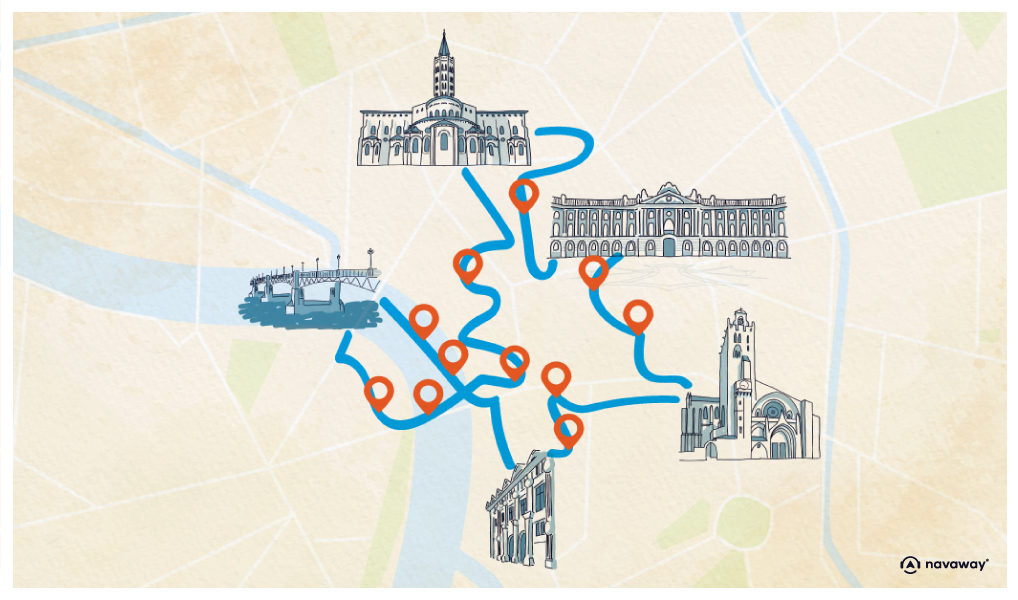
Notre-Dame de la Dalbade
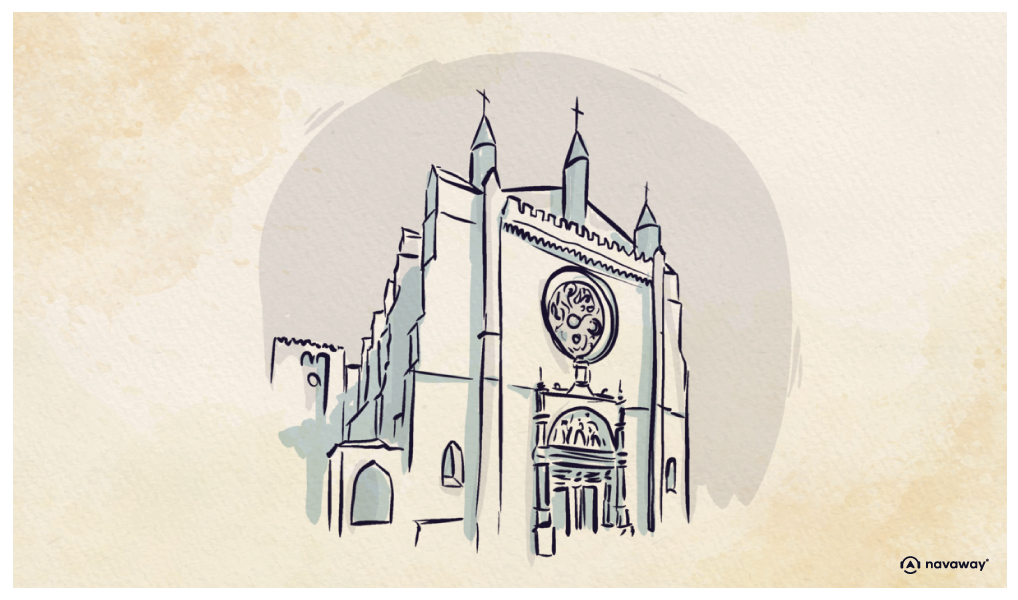
This point of interest is available as audio on the tour: Visit Toulouse, The Pink City
As you’d expect, we’ve come here to see the colorful tympanum of Notre-Dame de la Dalbade. This ceramic fresco dates back to 1878. It is the work of artist Gaston Virebent, inspired by the Coronation of the Virgin by the Italian painter Fra Angelico. The first church to be built here was a dazzling white, in honor of the purity of the Blessed Virgin, which gave it its name of Santa Maria dealbata: Saint Mary the White. If its color is different today, it’s because the building, which dates back to the 6th century, was ravaged by fire in 1442 and rebuilt in red brick like the rest of the city. Its bell tower, a symbol of ecclesiastical power, stood 81 metres tall and was for a long time the highest building in the city, until it suddenly collapsed in 1926. The church that stands before you today dates back to the 15th century. Its facade may seem austere, but it’s a typical example of Southern French Gothic architecture, also known as Toulousian Gothic. If, in the 13th century, the Catholics of the Occitanie region didn’t opt outright for the flamboyant Gothic style of northern France, it was mostly to win over the locals. The latter were still deeply scarred by the eradication of the Cathars and the medieval Inquisition’s fight against heresy. The Cathars were part of a medieval Christian religious movement that developed in the south of France during the 12th century. They disagreed on many points with the Catholic Church that declared them heretics and launched the mighty Albigensian Crusade against them, scattering entire populations and destroying numerous Cathar cities. Today, they are widely considered martyrs of religious freedom and resistance to ecclesiastical authority. When the Roman Catholic Church regained control of the region, it needed to regain the trust and support of the people, and thus provided the faithful with new places of worship sporting a more austere and uncluttered style, more in line with the ascetic lifestyle advocated by the Cathars. There you have it: you’ve cracked the mystery of Southern Gothic austerity, and can now better understand the architectural differences between churches and cathedrals in the north and south of France. Feel free to take a look inside; unlike the rest, it’s still white.


Discover Toulouse with app
An interactive guide through the most beautiful streets, squares, and districts
23 fun audioguides full of historical facts, anecdotes, and legends
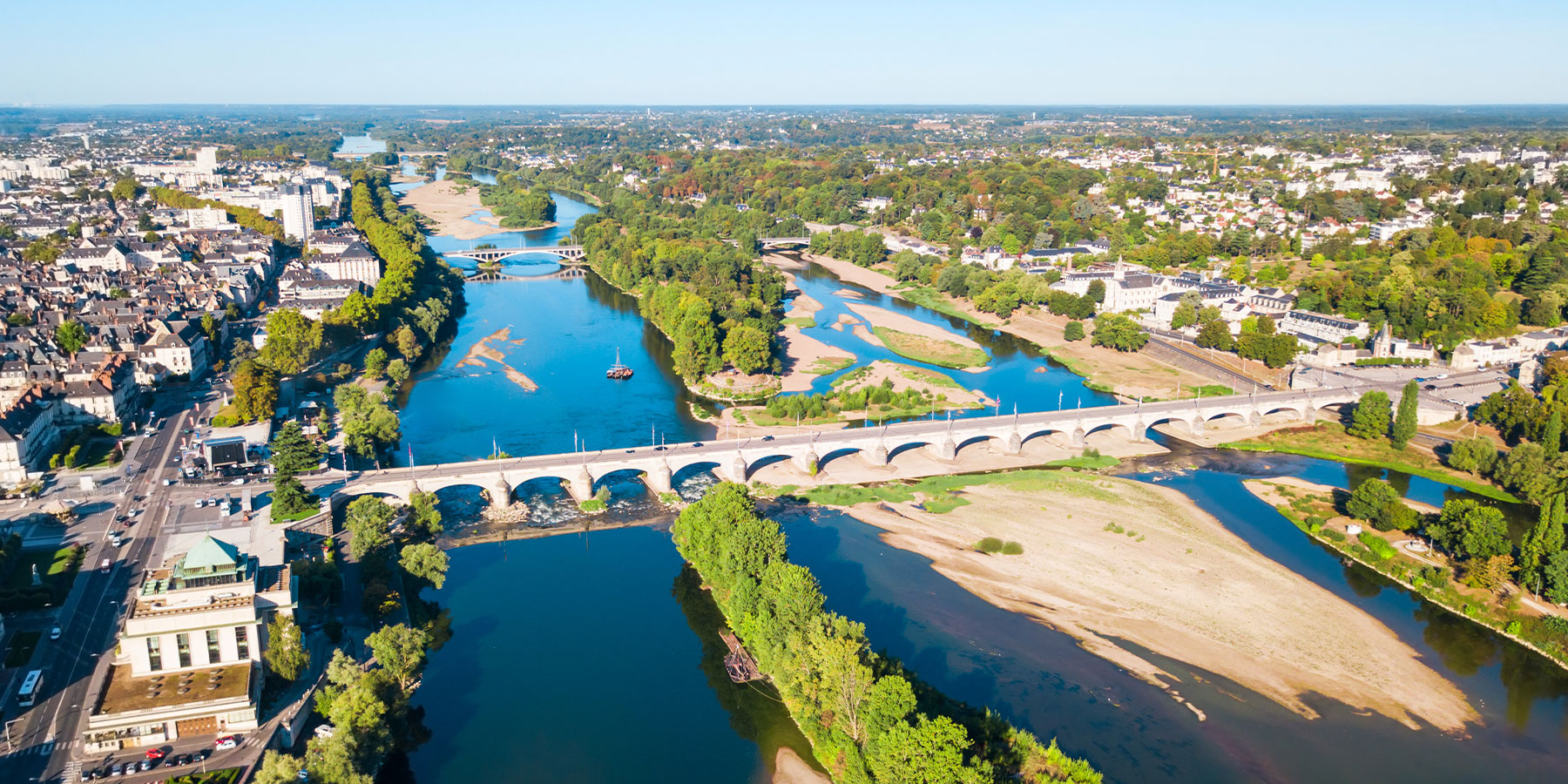
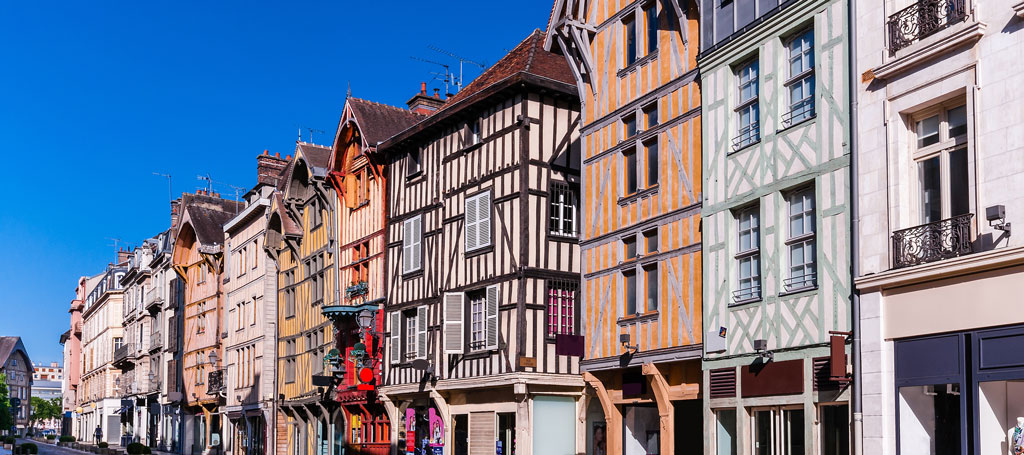
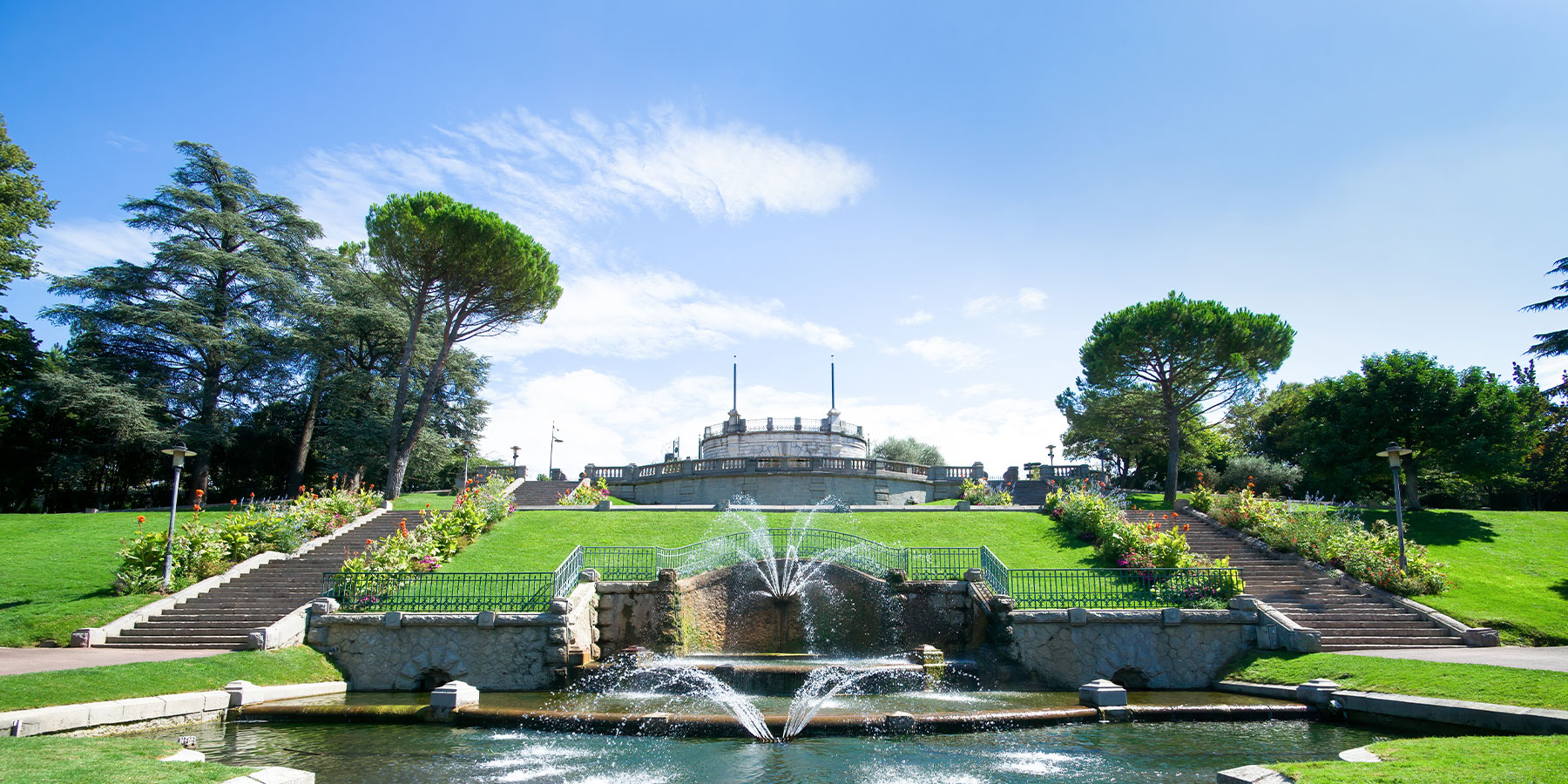


Comments